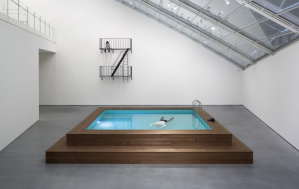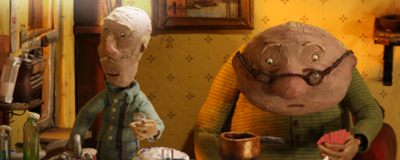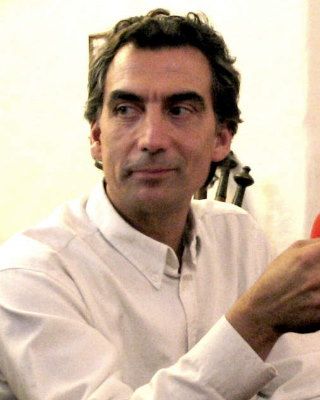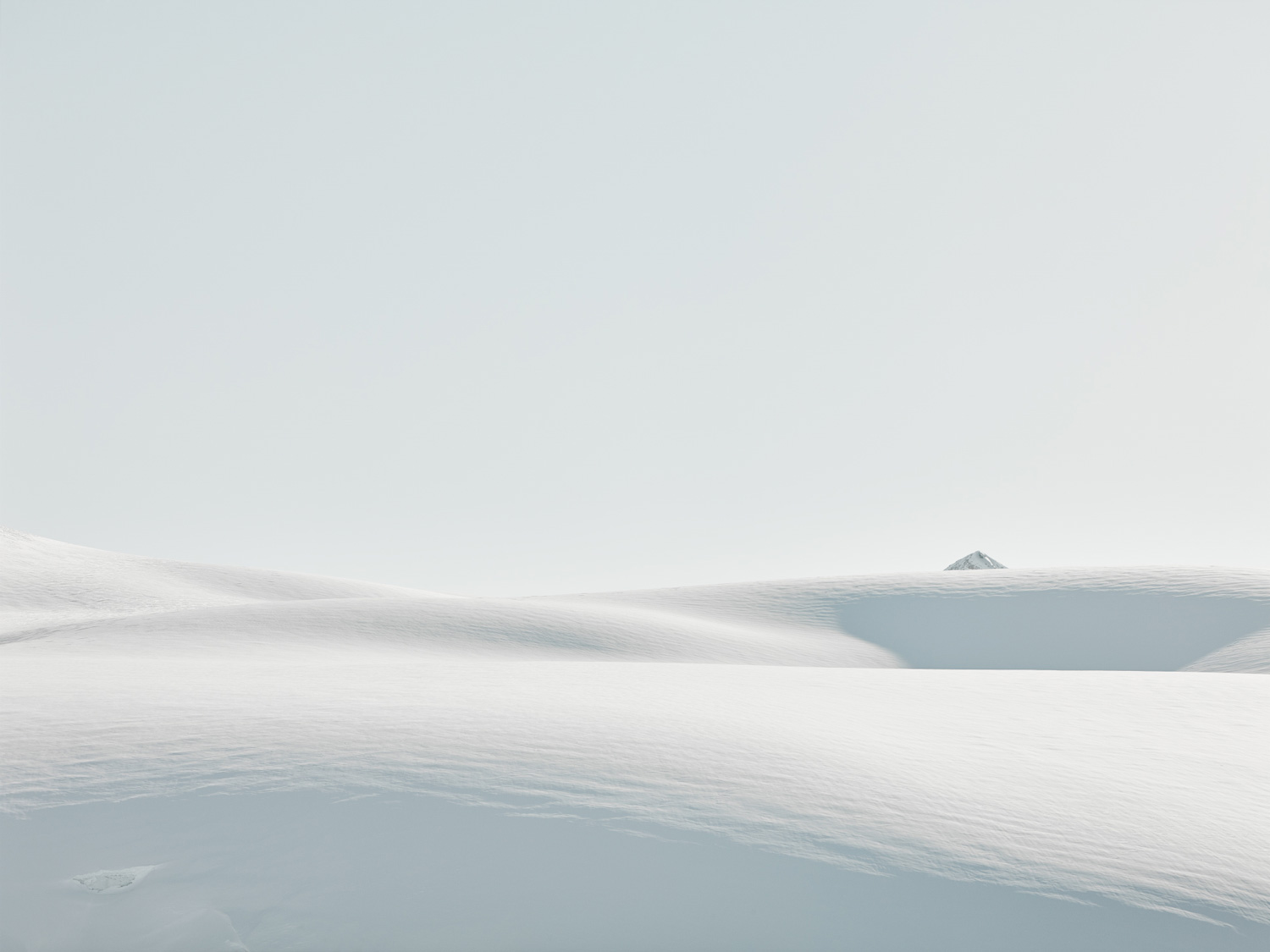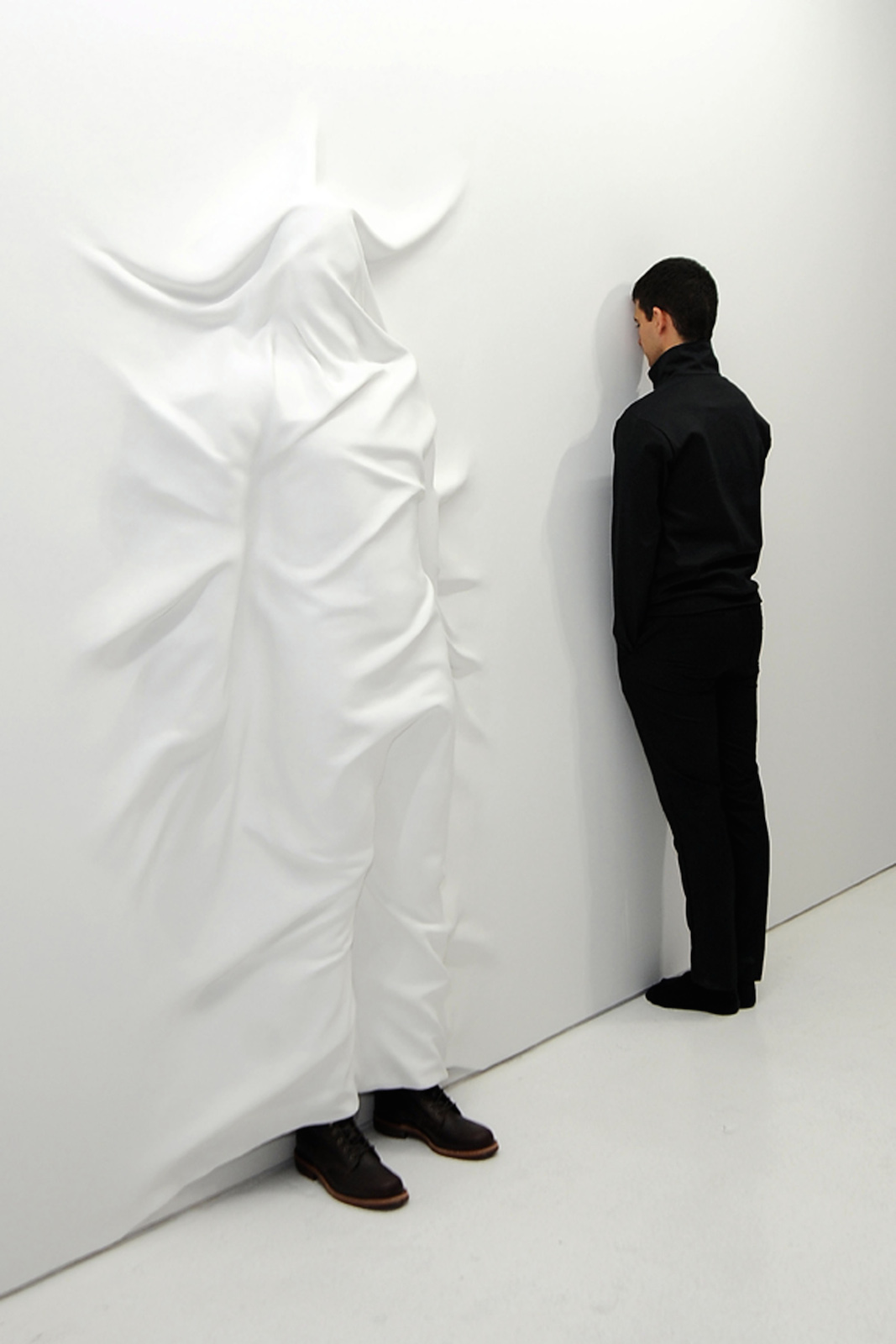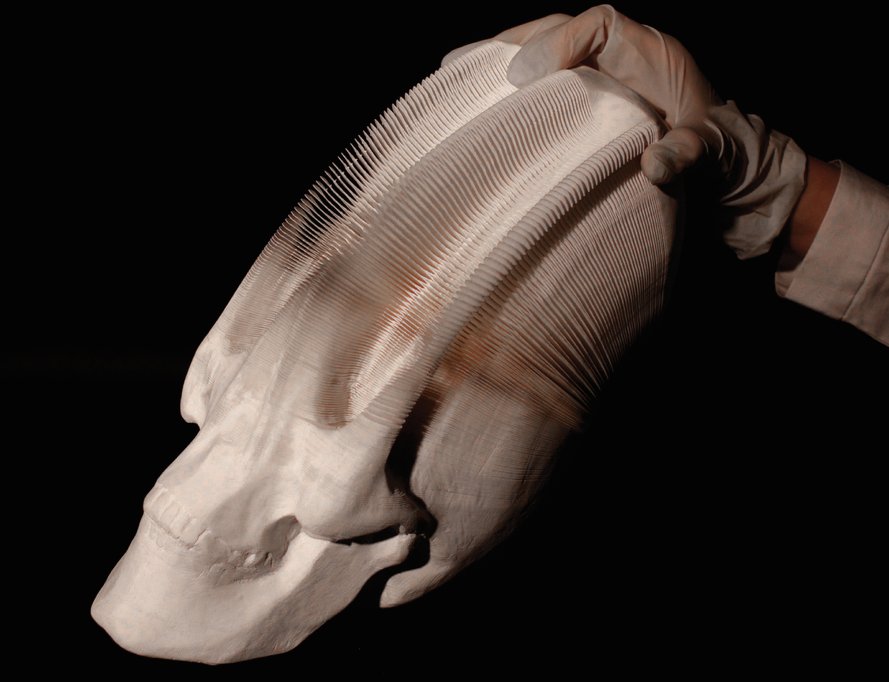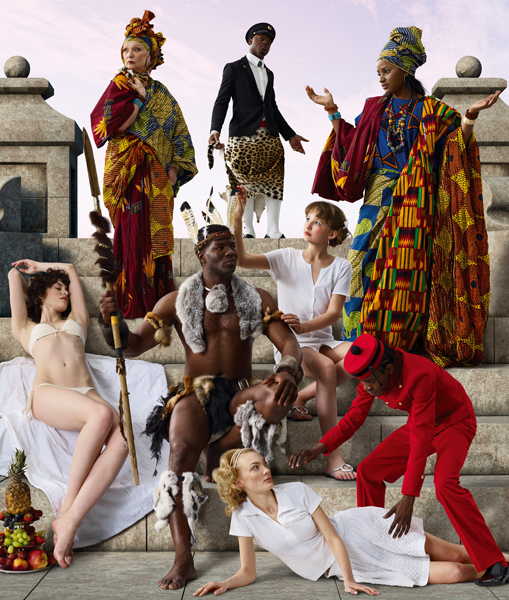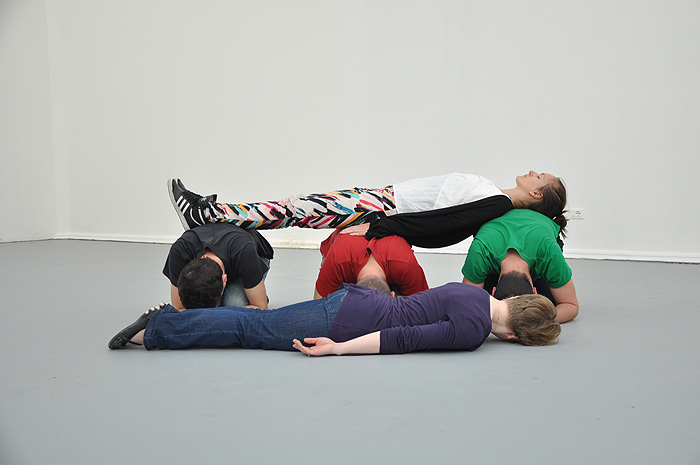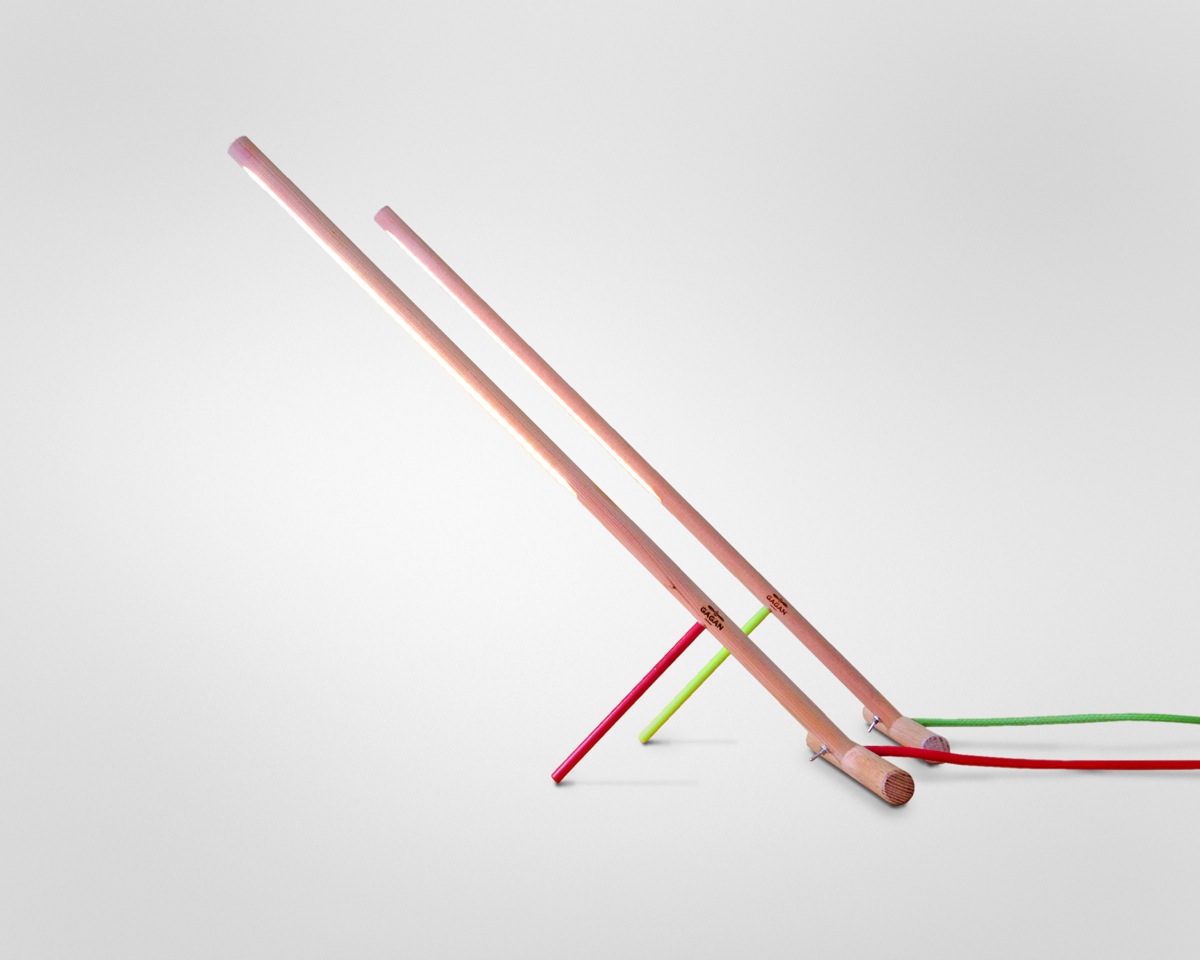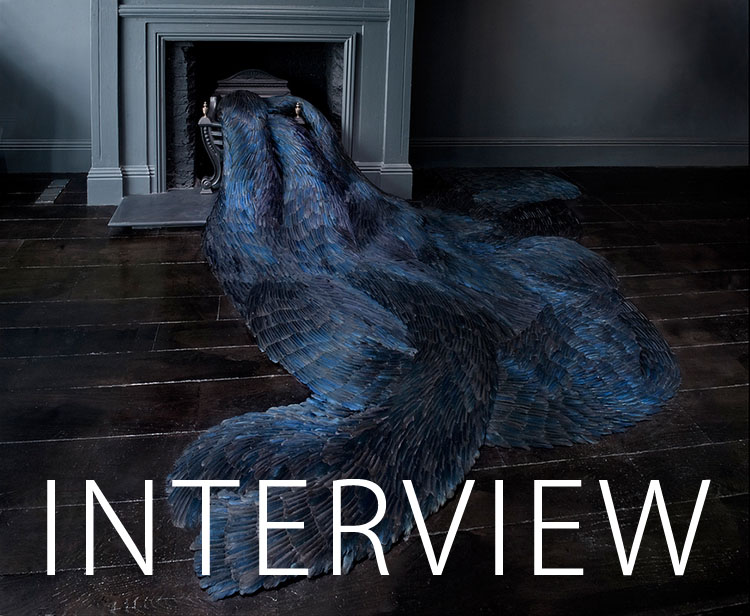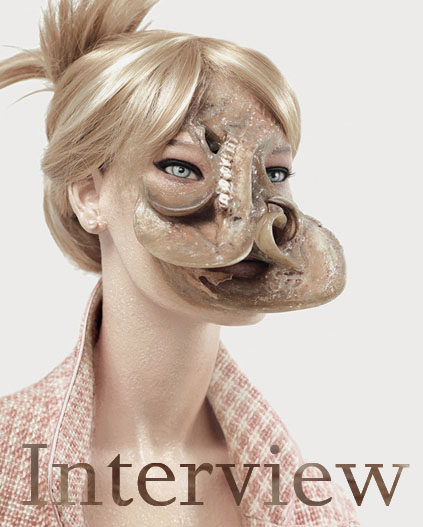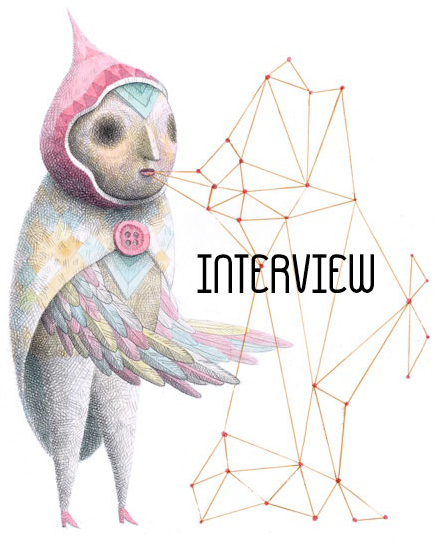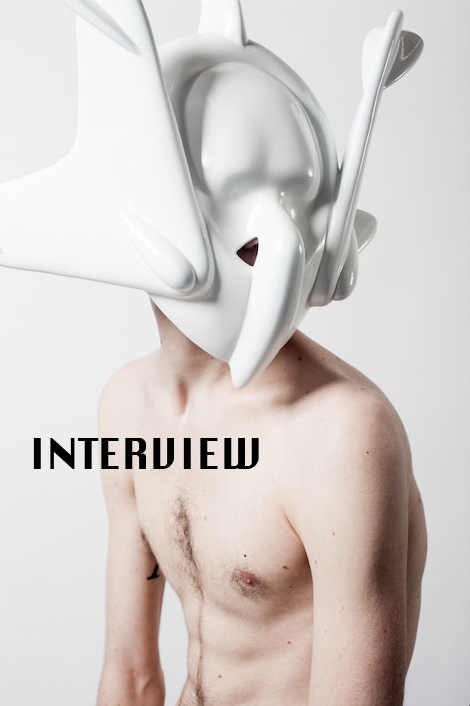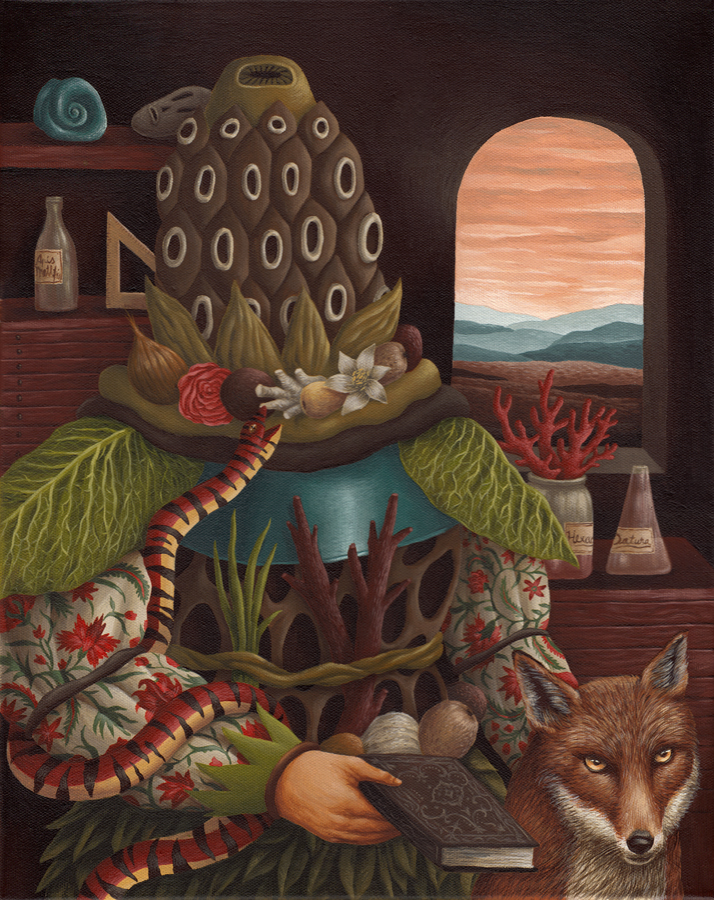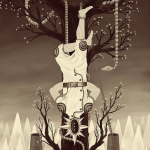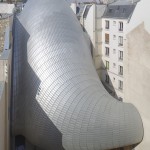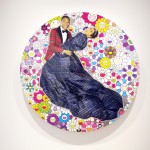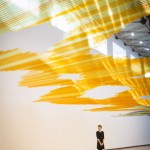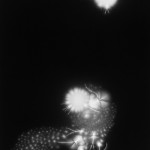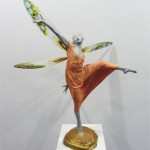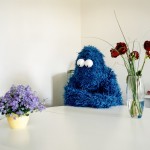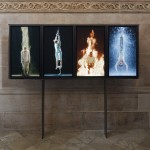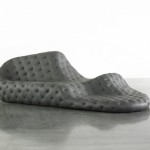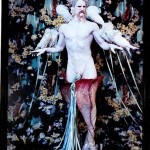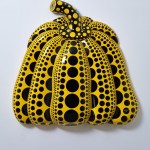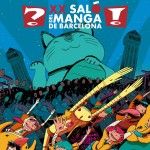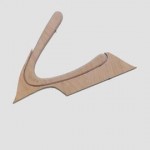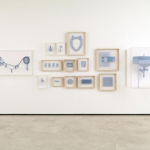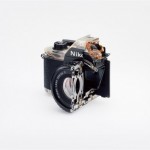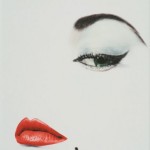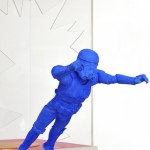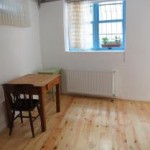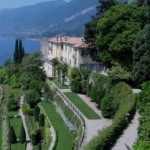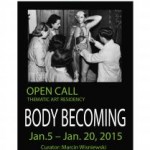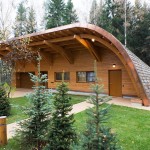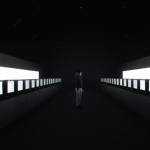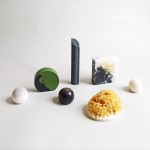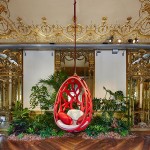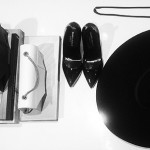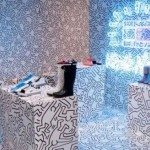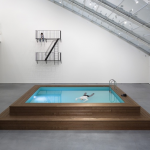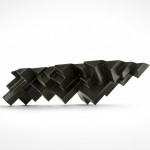INHALE is a cultural platform where artists are presented, where great projects are given credit and readers find inspiration. Think about Inhale as if it were a map: we can help you discover which are the must-see events all over the world, what is happening now in the artistic and cultural world as well as guide you through the latest designers’ products. Inhale interconnects domains that you are interested in, so that you will know all the events, places, galleries, studios that are a must-see. We have a 360 degree overview on art and culture and a passion to share.

Since 1979, Jean-Luc Slock is the founder, producer and director of animation studio Camera-etc, studio based in Liège, having a solid reputation in educating and promoting film culture in the French community in Belgium. Many of the studio’s productions have been associated over the years with names of famous festivals and awards.
Through lectures, workshops, school projects or courses organized evening, Camera-etc cultivated the taste for cinema and audiovisual productions and a critical view. The topics aim at cultivating responsibility in society.
The selection of Jean-Luc Slock for Anim’est brings different styles and approaches to animation, and all movies have a strong and well-defined message.
Andreea: I wanted to start with your work. What is Camera-Etc.?
Jean-Luc: It’s an animation studio based in Liege, in French talking Belgium. We have to improve the cinematography culture in out French talking community. We have three important departments or ways to produce films. The first has an educational level- we are doing workshops with kids, with youngsters, with adults. Then we have a huge international side, we are building projects for cultural exchange between countries, mostly in Africa, but we are working in Asia, in South America, in Mexico, Cuba. And the third part consists of our own productions.
Andreea: How do these intercultural projects work?
Jean-Luc: We go there and try to make some exchanges. In Burkina Faso we are active for 10 years and we’ve built a team, we trained people there that are coming to Belgium as well. And then we are making some projects on the field with kids that we co-produce with local NGOs.
Andreea: How do these projects help the people involved?
Jean-Luc: It’s what we call audio-visual cooperation. Also, I don’t see why african people couldn’t have acces to the new technologies and there are a lot of trainings about the Internet and so on. We think animation is a very good tool to make some collective work, it’s very easy and also you have to use the power of animation, as means of symbolic and metaphoric. And it’s very important to us to respect the local culture, in term of graphic design, but also language.
Andreea: That’s beautiful – with the language as well, since you don’t force them to adapt to a different system.
Jean-Luc: Yes, and it differs a lot from these NGOs – they are thinking about didactic products and we try to impluse cinema products. The big difference is that in cinema we are touching people with emotions, not with a list of things to do. What we are trying to do is avoid giving a solution, but to raise some questions. We have to fight against what the NGOs like, since they like to tell people do this, don’t do this. And we say No, if you want to touch people, if you want to make the people think, you have to raise some questions.
Andreea: Yes, but they probably have a programme and a direction.
Jean-Luc: Unfortunately, it’s the only way we can find some founds for these projects.
Andreea: Do you feel responsible for a community once you get there?
Jean-Luc: Of course, a major responsibility. This is our professional part of our projects and this is the biggest chance to be given grants by he Government all these years is to really work with a professional team, not only in terms of animation techniques, but the human part of the project. So the main point for us is to valorise the people that take part in the project. This is why we give the people involved, children as well, power. We give them the chance to do something with the help of professionals.
Andreea: What is the main difference between film and animation?
Jean-Luc: The animation has a is symbolic and metaphorical power. In animation you have to synthetise, to reduce thinks to the essential.
Andreea: And how do you judge an animation? Cause there’s the technical part, the story…
Jean-Luc: That’s a very difficult question every element you talked about, we take care of. But finally, what makes the decision for me is the emotion. If there’s emotion in the film… You can have some films with very good technique, I have some good examples but I’m not allowed to tell you, but which are very bad in terms of story.
Andreea: I saw some short film this edition that blew me away in terms of technique, that were so different ones from the others, I think in animation you can do so much, but which somehow lacked the story.
Jean-Luc: Yes, this is the main problem in the world and the production of films is so huge, there are made around 7000 feature films every year in Europe, I don’t know what Europe means here, but it’s a huge amount. There is a lack of story especially in animation, since the young film makers are more concerned about the technique, they want to do something well, they learn how to animate, so they are proud of their skills.
Andreea: Yes, but couldn’t they work with some scripwriters?
Jean-Luc: You are right. I’m organizing trainings for 20 years now around the world and it was always the demand on terms of technique. And nowadays I always start with storytelling and scriptwriters. It’s very important.
Andreea: How did this work out? Cause artist have their own ego.
Jean-Luc: You are perfectly right. One problem with some people is the ego.
Andreea: And how do they work together? Do they have to connect in a way or…
Jean-Luc: The main point is to make people understand that, for me, animation is about a team, it’s a collective work. So, I don’t like the people who come to me and say “I made the film by myself.” This is the worst idea that students have, they think they can make the work thenselves, alone. So in our trainings we try to limit the distance between people since they have to work together. If they don’t, they leave the group.
Andreea: What do you think about this idea that animation is only for children?
Jean-Luc: This is something strange, since animation started at the sparks of cinema. Georges Méliès and all these guys didn’t do animation for kids. So, what I can say is that animation is a huge industry nowadays and what works better in this industry is family entertainment, unfortunately. I’m definitely not a fan of TV series of animation for kids.


